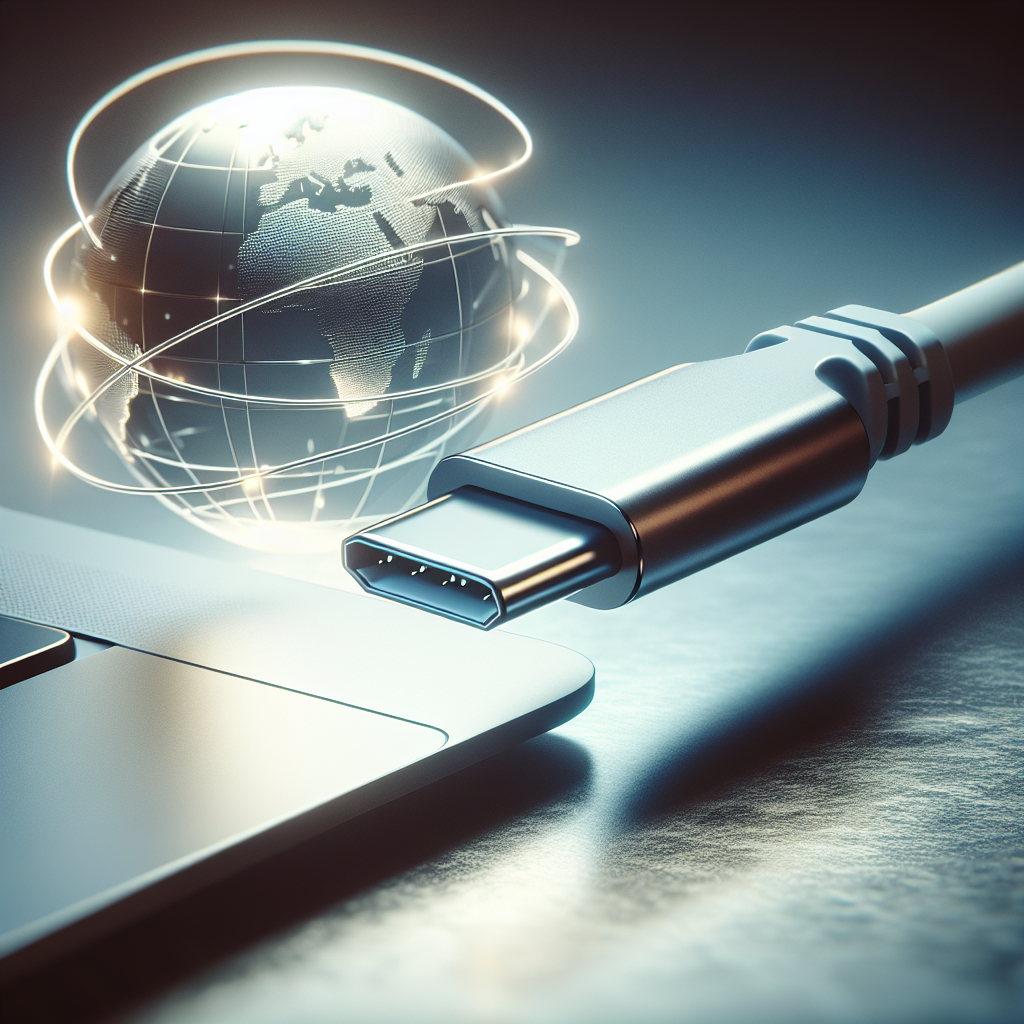The Rise of USB-C as a Global Standard
The adoption of USB-C as the global standard is reshaping how we connect and charge our devices. This small, reversible connector is not just about convenience; it’s an innovation that promises universality across different devices, from smartphones to laptops and beyond.
What is USB-C?
USB-C, or USB Type-C, is a 24-pin USB connector system that allows for the transmission of both data and power. The design of USB-C is reversible, meaning that unlike previous USB types, there is no wrong way to plug it in. Since its introduction, USB-C has been praised for its potential to become the universal cable for all electronic devices due to its simplicity and efficiency.
Why is USB-C Becoming the Standard?
The shift towards USB-C as a global standard is driven by its superior technology and broad industry support. Major tech companies like Apple, Google, and Samsung have steadily moved towards USB-C in their products. For instance, Apple’s recent MacBook models and iPad Pro devices feature USB-C ports, aligning with this trend.
The European Union has been instrumental in pushing for USB-C as a standard, aiming to reduce electronic waste and consumer inconvenience caused by the variety of charging cables. In June 2024, the EU adopted a new rule requiring electronic devices to have a USB-C charging port by the end of 2024, a significant move that has propelled USB-C closer to becoming a global standard.
Benefits of USB-C
One of the primary advantages of USB-C is its high power and data transfer speeds. USB-C cables can deliver up to 100 watts of power, enough to charge laptops and other high-power devices, significantly faster than older USB types. Additionally, when combined with USB 3.1 technology, USB-C supports data transfer rates up to 10 Gbps.
Moreover, USB-C supports a wide variety of protocols using “alternate modes,” which allows the use of adapters that can output HDMI, VGA, DisplayPort, or other types of connections from a single USB-C port. This versatility makes it an ideal choice for universal docking in various devices.
The Future of Connectivity
As more manufacturers adopt USB-C, it’s evident that this technology is not just a trend but a long-term solution for standardizing charging and data transfer across devices. The movement toward a single connector type simplifies the user experience, reduces waste, and enhances the functionality of devices.
In conclusion, the adoption of USB-C as a global standard is a testament to its technological superiority and the industry’s commitment to creating a more streamlined and efficient user experience. As we move towards a more interconnected world, USB-C stands at the forefront of universal connectivity solutions.


